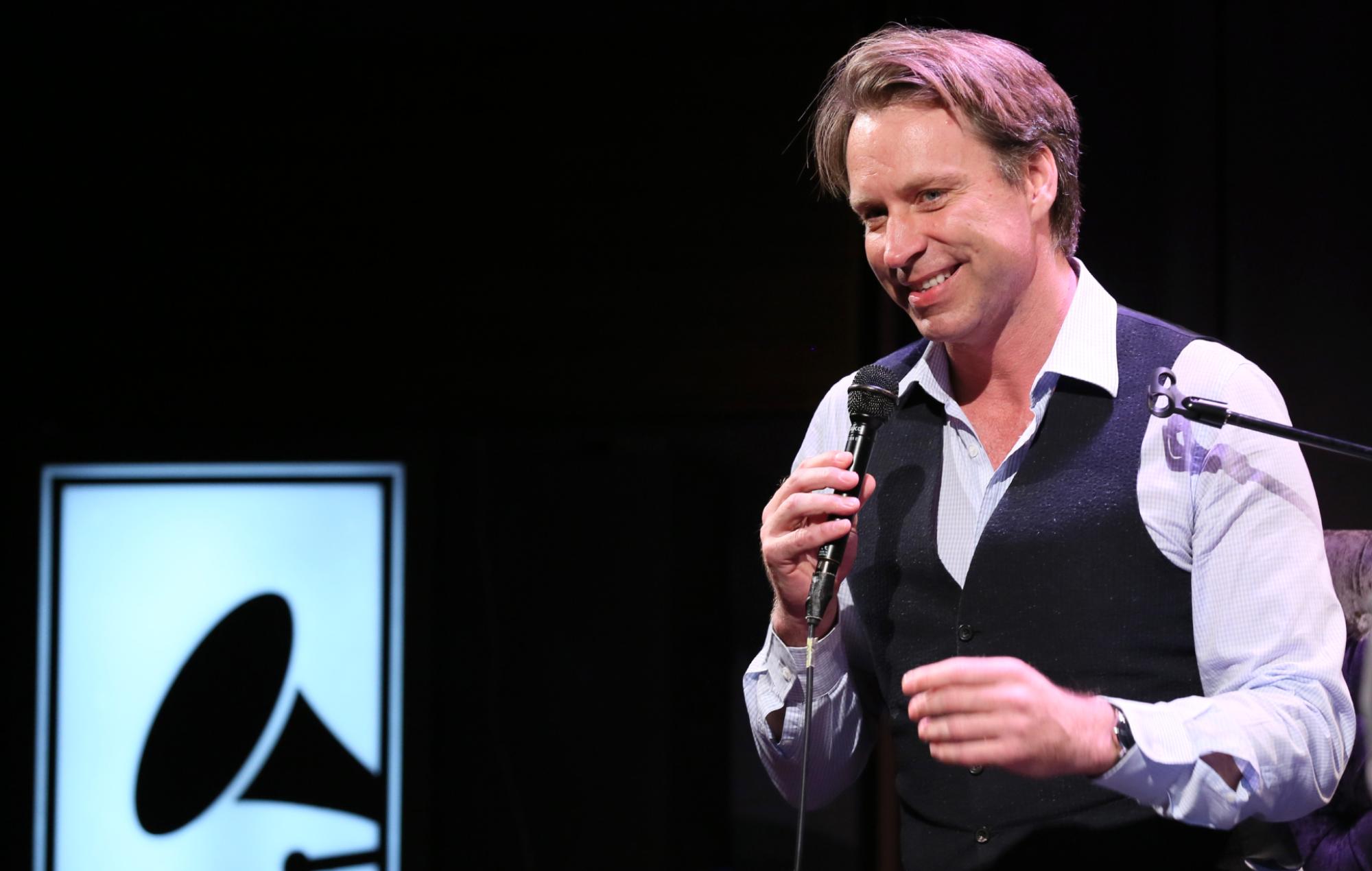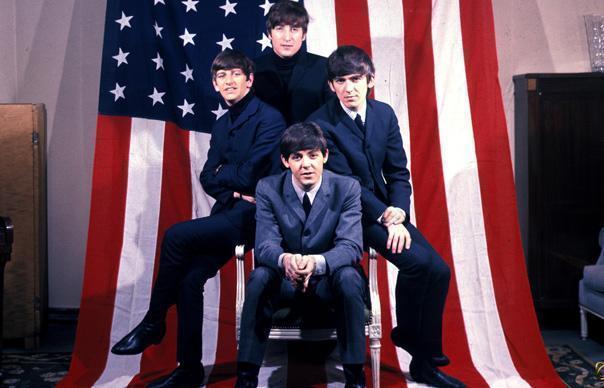
The Beatles‘ ‘1’ compilation album has been remastered for spatial audio by Giles Martin, the son of the band’s late producer George Martin.
- READ MORE: Mark, My Words: Macca’s right – The Beatles were better than The Stones
Giles said in an interview last year that he was a fan of the immersive 360-degree sound technology launched in 2021 by Apple Music, as well as the Dolby Atmos that it is built on, but said that it doesn’t always “sound quite right”.
He revealed that he intended to remaster The Beatles’ 1967 album ‘Sgt. Pepper’s Lonely Hearts Club Band’ but has since worked on the band’s greatest Number Ones compilation album, which was released in 2000.
Speaking to Apple Music’s Zane Lowe about reworking ‘1’ in spatial audio, and how his father laid the foundations for his interest in pursuing modern audio tech.

“My dad was a futurist and loved technology. When I was a kid, he built studios. He built some of the best studios in the world. (He opened AIR Montserrat.) It was one of the most successful recording places in the 1980s. Elton John, Police, Dire Strait…Earth, Wind & Fire to Paul McCartney…everyone went to that studio. He was always looking for ways to have great sounds,” he said.
“There’s something I remember… when CDs came he got one of the first CD players and we were going around to his friend’s house for Sunday lunch. He had three CDs, one was a Billy Joel record, there was a classical one, and a Japanese artiste. He went, ‘This is the future of sound. The future is happening.’ He brought the CD player and the CDs with him and he said these things are indestructible. He banged it against the table, and it broke in his hand!
“The point is: going back to looking for new ways is key. The key thing with The Beatles is that when he first served Abbey Road, the golden orb was to search for ways to create a perfect facsimile of the recording. When you record, you sound like you are in a room. What happened was with The Beatles and my dad and other people around the world…is that how do we create worlds that don’t exist. Hence ‘Sgt. Peppers’. These aren’t live records. These are things you can only imagine. That’s the evolution of sound. It’s not just technology; it’s imagination as well, that’s key.”

He added that reimagining tracks in spatial audio is not easy, especially considering how the tracks were recorded, which were at the pinnacle of technology at the time.
“When I walk into a room in Abbey Road, I can get a four track. I can press play and I can hear it. How lucky I am and how many people would want to do this; how many people would want to be in that position. If you listen to ‘Ticket To Ride’, ‘I Feel Fine’, ‘Day Tripper’, ‘Paperback Writer’…they rock, they really rock.
“That’s the thing you have to bear in mind the most; you have to make sure it doesn’t sound too dissipated. You know you still need that sound stage in front of you, but with head tracking, you feel like: ‘There’s Ringo and he’s playing there.’ That’s kind of cool.”
He added: “Records don’t get old, we get old. We get older, records stay the same age as it was on the day of recording.” Spatial audio works to make music more engaging and accessible on the latest tech platforms. “You could be with the band with Dolby Atmos.”
Meanwhile, former Beatle Paul McCartney has announced his plans for a tour of North America this spring, click full information dates can be found here.








